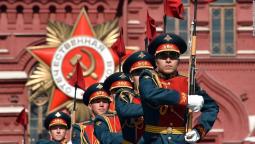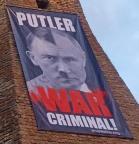Rekisteröitymätön istunto
Kirjanmerkit
Omat langat
Vastatut langat
Piilotetut langat
Käyttäjäasetukset
Jutustelu

Satunnainen
~1,4t | ~9,7t

Asiallinen
~5 | ~36

Uutiset
- | ~9

Animerakkaat
NSFW
~275 | ~2,1t

Pikkujätkälä
~41 | ~262

International
~9 | ~12
Aihekeskustelu

Anime & Japani
- | -

Anonyymit Anonyymit
- | ~62

Politiikka
- | -

Apokalypsi
NSFW
~9 | ~71
Harrastukset

Pelaaminen
- | ~18

Leffat & Sarjat
- | -

Musiikki
- | ~23

Striimit & Tube
- | ~38

Tekniikka
~1 | ~5

Eräjormailu
- | ~27
Vastalauta

Kehityskanava
~23 | ~50
Vastalauta 0.8.2 Beta | Tietoa meistä


